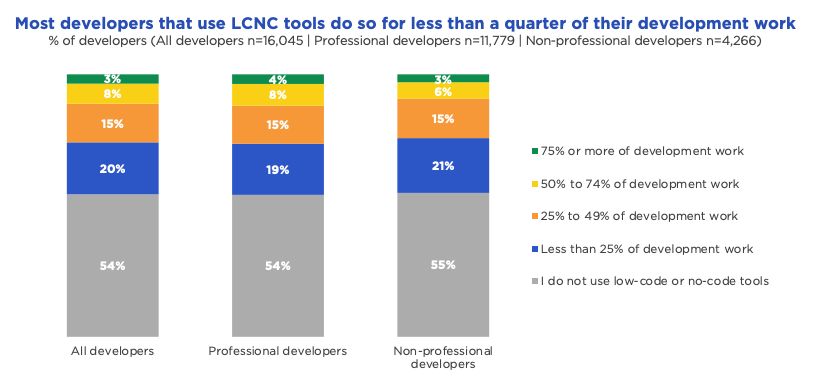You can work from home as long as you also put in 40 hours at the office. That’s official policy at Tesla, where Elon Musk has thrown down the gauntlet at his executives. The factory workers put in 40+ hours and their managers should, too.
There are some jobs that lend themselves well to remote working, and some that don’t. Elon has a point that managing people involves being visible, and much leadership happens outside official meetings. Nobody has figured out a way to simulate the informal encounters of the workplace in Zoom. That is why some on-site time is necessary for everyone inside the organization. We are seeing that fully remote workers never assimilate the culture of the organization, don’t feel a sense of belonging, and quit much faster than people who still have an in-person connection to the organization. People who are 100% remote should be contractors, not employees.










